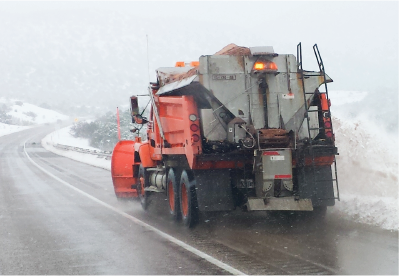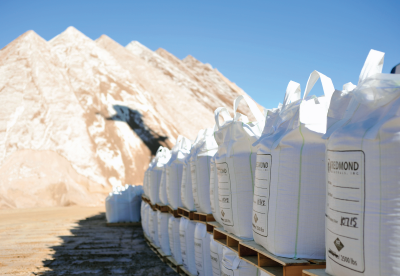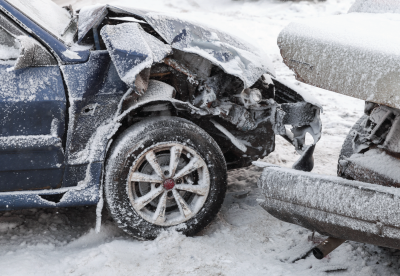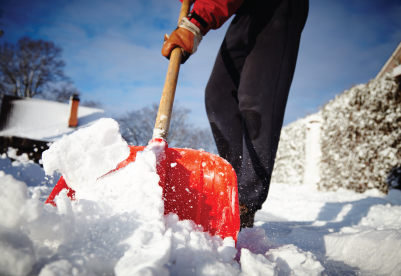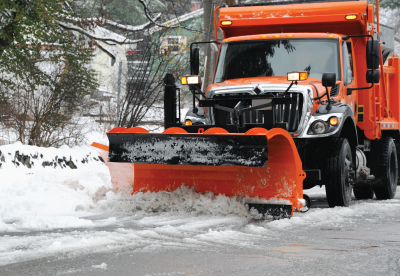Date February 22, 2021 | Brooke Loeffler
Hypothermia And Frostbite
Hypothermia
Hypothermia occurs when your body’s core temperature becomes dangerously low. Low internal temperatures affect your brain’s ability to function and can eventually cause organs to shut down completely. Let’s learn more about how to prevent this health emergency.

The first step to preventing hypothermia, is to dress properly if there is even a possibility of being in colder temperatures. The CDC advises that hypothermia can happen even at “cool temperatures (above 40° F) if a person becomes chilled from rain, sweat, or submersion in cold water.”
You should wear:
- Multiple layers of loose fitting clothing: then you can add or remove layers as needed
- Water resistant coat
- Water resistant footwear
- Gloves or mittens: water resistant when touching snow
- Hat or hood
- Scarf or face covering
Higher Risks For Hypothermia
In addition to dressing the part, it is important to know what conditions increase your risk of hypothermia.:
- Older adults lacking warm food, clothing, and adequate heat sources
- Outdoor adventurers remaining outside during cold temperatures for longer periods of time
- Babies sleeping in cold rooms
- People who have been drinking alcohol or using illicit drugs
Hypothermia Symptoms
Being able to identify symptoms can greatly improve a person’s chance of recovery and survival.
Adults:
- Shivering
- Confusion and memory loss
- Slurred speech
- Exhaustion and drowsiness
- Difficulty using their hands
- Temperature below 95° F
Babies:
- Cold, red skin
- Lethargy
- Temperature below 95° F
How To Treat Hypothermia
For any of these symptoms, it is important to act immediately...fast action can save lives!
- Get the person to a warm room or shelter if possible
Remove all wet clothing - Warm their head and core first (chest, neck, groin, and head).
- Use an electric blanket and/or skin to skin contact under layers of dry clothes and blankets
- Provide warm non-alcoholic, non-caffeinated drinks
- As their body temperature increases keep the person warm and dry
- Get them medical attention as soon as possible
“A person with severe hypothermia may be unconscious and may not seem to have a pulse or to be breathing. In this case, handle the person gently, and get emergency assistance immediately. Perform CPR, even if the person appears dead. CPR should continue until the person responds or medical aid becomes available. Keep warming the person while performing CPR. In some cases, hypothermia victims who appear to be dead can be successfully resuscitated.”
Frostbite
Frostbite is a cold induced injury where tissues (usually on extremities) actually freeze and can become permanently damaged. Let’s learn more about how to prevent frostbite.

Just like for hypothermia prevention, you should wear:
- Multiple layers of loose fitting clothing: then you can add or remove layers as needed
- Water resistant coat
- Water resistant footwear
- Gloves or mittens: water resistant when touching snow
- Hat or hood
- Scarf or face covering
Pay extra close attention to extremities:
- Ears
- Nose
- Toes
- Fingers
- Chin
- cheeks
Higher Risks For Frostbite
The following conditions increase your risk of frostbite.
- People with poor blood circulation and very low blood pressure
- People wearing damp or wet clothing
- People not wearing appropriate clothing for cold weather
Frostbite Symptoms
- Firm and waxy skin texture
- Early symptom: skin redness and pain
- Advanced symptom: Numbness and loss of feeling
- White/gray/yellow skin
How To Treat Frostbite
For any of these symptoms, it is important to act immediately...fast action can save limbs! Here are some frostbite do's and don'ts:
Do:
- Get the person to a warm room or shelter if possible
- Use gentle heat sources on the affected area such as warm water, body heat (core area, arm pits, etc.)
- Wrap affected area in warm, dry, and clean dressings
- Check for signs of hypothermia (a grave medical emergency) as they are warming the affected area
- Get medical help as soon as possible
Don’t:
- Do not rub or massage the affected area, it can cause more tissue damage
- Do not use hot water, heat lamps, heating pads, fire, or stoves to warm the area (affected area will be numb and can burn easily)
- Do not walk on or put weight on the affected area to avoid worsening tissue damage
Have A Safe Winter With Ice Slicer
Here at Ice Slicer, we are proud to offer naturally high-performing ice melt that can help you drive and tend to your home in safety. If the events of this winter caught you off guard, click to get our handy Winter Driver’s Guide and Winter Home Guide to keep you and your family safe!
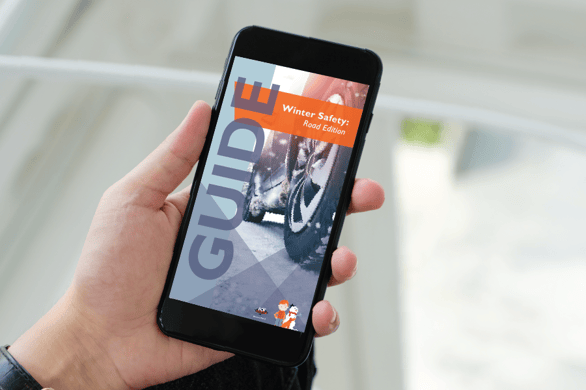
© 2024 Redmond Minerals Inc.

